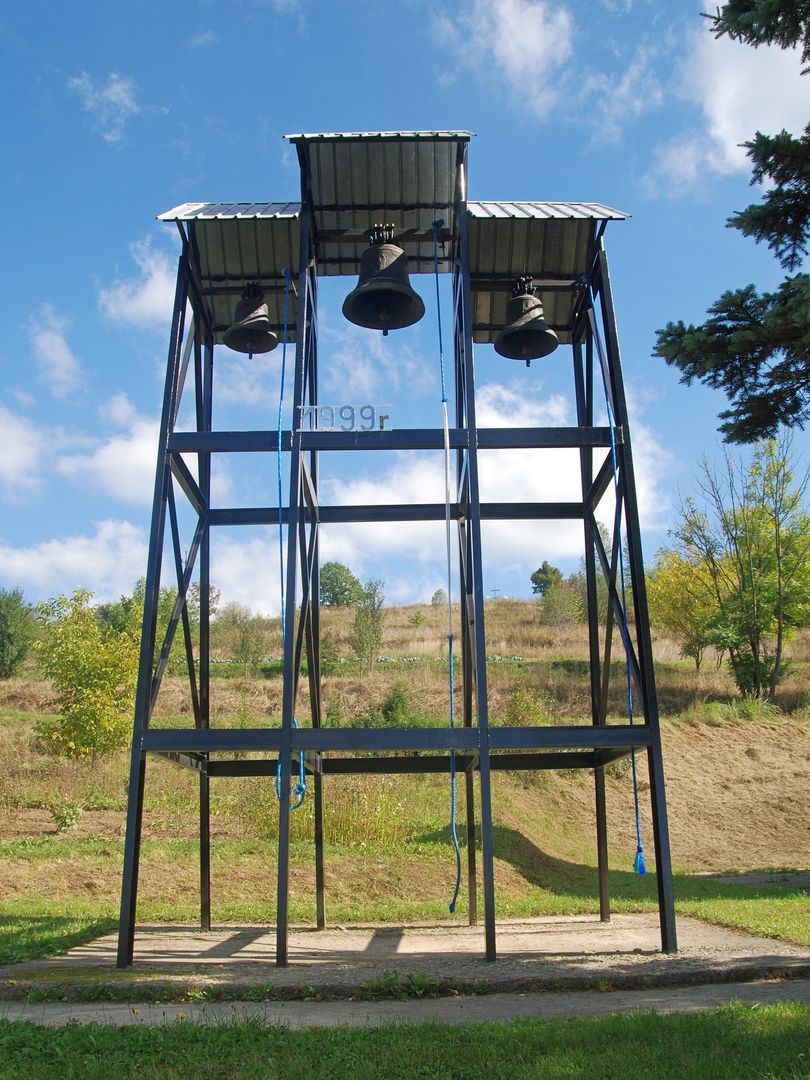Draganowa
6.78

Overview
Draganowa is a village located in the Podkarpackie Voivodeship, within the commune of Chorkówka, with a rich history dating back to the 14th century. The first written records of the settlement come from 1366. The village lies on the border of the Low Beskids and the Carpathian Foothills, in a picturesque landscape covered with mixed forests, in the valley of the Iwielka stream, offering unique ecological conditions. In Draganowa, there is a Roman Catholic filial church dedicated to Our Lady of the Rosary, built in 1985, as well as a community house with a library, a volunteer fire department (OSP), a shop, and a school. The village landscape, with its characteristic architecture, is diversified by hills and streams, which fosters the development of flora and fauna. The area features, among others, oak trees designated as natural monuments, and the forests abound with diverse species of plants and animals. The history of Draganowa dates back to prehistoric times when it was a site of Neolithic settlement. Over the centuries, the village was a place of strategic importance for trade routes, including the Amber Road. During the Middle Ages, under the reign of King Casimir the Great, Draganowa passed into the hands of the nobility, and Janusz Suchywilk, the Ruthenian chancellor, was its significant owner. In the 19th century, the village was damaged during World War II, which led to the inhabitants' active efforts in rebuilding the destruction and establishing craft workshops and an oil mine. Today, Draganowa is a place with a strong sense of community, known for its social activities, including the LZS (People's Sports Team), which began its operations in the 1970s. Over the centuries, the village has accumulated many names and legends, testifying to the rich local culture and the ethnic and historical significance of the region. Draganowa is evidence of the long-term settlement and cultural processes in this part of Poland, being not only a place of residence but also an important point on the historical map of Podkarpacie.
Location
2025 Wizytor | All Rights Reserved